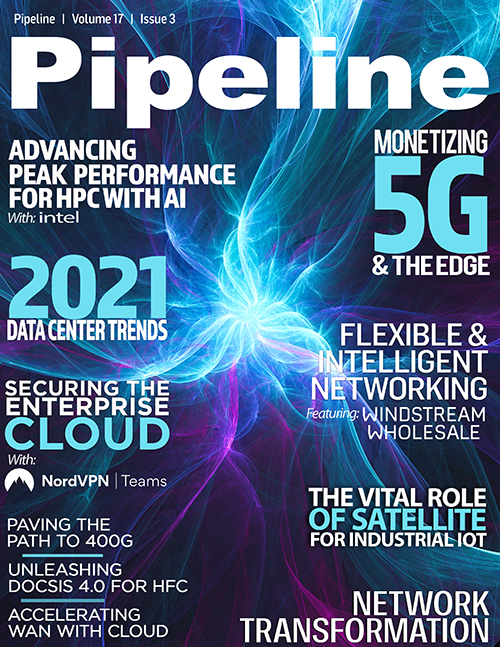Going Cloud-First to Accelerate WAN Transformation
Inflexible pricing
Carrier networks often involve agreements among multiple service providers. This leads to a pricing model that is designed to compensate everyone in the value chain, which makes them inflexible and expensive.
Low Net Promoter Score (NPS)
Surveys generally rate carriers poorly in NPS surveys. Their low scores are due to numerous challenges: being consumers rather than creators of technology; dependence on various OEMs; the need for complex inter-carrier agreements; the mandate to protect legacy investments in MPLS; and the tendency to lock customers into first- and last-mile offerings, among others.
Creators versus consumers
SD-WAN is not a single-box plug-and-play solution. Comprehensive SD-WAN solutions require interworking among various elements. Because they’re consumers rather than creators of the technology, carriers are limited in their ability to offer best-in-class service.
Fig. 2: Comparing DIY SD-WAN, MSPs/Telcos, and Cloud-First WAN Approaches
(click to
enlarge)
Evaluating a platform approach
To review, traditional SD-WAN vendors take a box-centric view that has little accountability for an end-to-end global experience, while traditional service providers merely cobble together technology offerings from multiple vendors and, as a result, end up compromising on their ability to deliver a seamless experience.
The most logical path forward is to evaluate a platform approach that is able to leverage a unified service architecture that is extensible and reaches end-to-end. The platform needs to offer the service sophistication that enables the suite of connectivity, cloud, security and optimization services. Specifically, these are services that are deployed in a SaaS model to all customers and that can be readily enhanced.
Whether deployed regionally or globally, taking a platform approach should also leverage an orchestration engine that offers visibility and control into the end-to-end deployment, or the first, middle, and last miles. You can have the best hardware in the world, and it will still be ineffective if the SD-WAN offering results in a piecemeal operational model.
In summary, end-to-end accountability eliminates issues both associated with DIY as well as working with carriers who do not control their own, end-to-end WAN technologies.




















